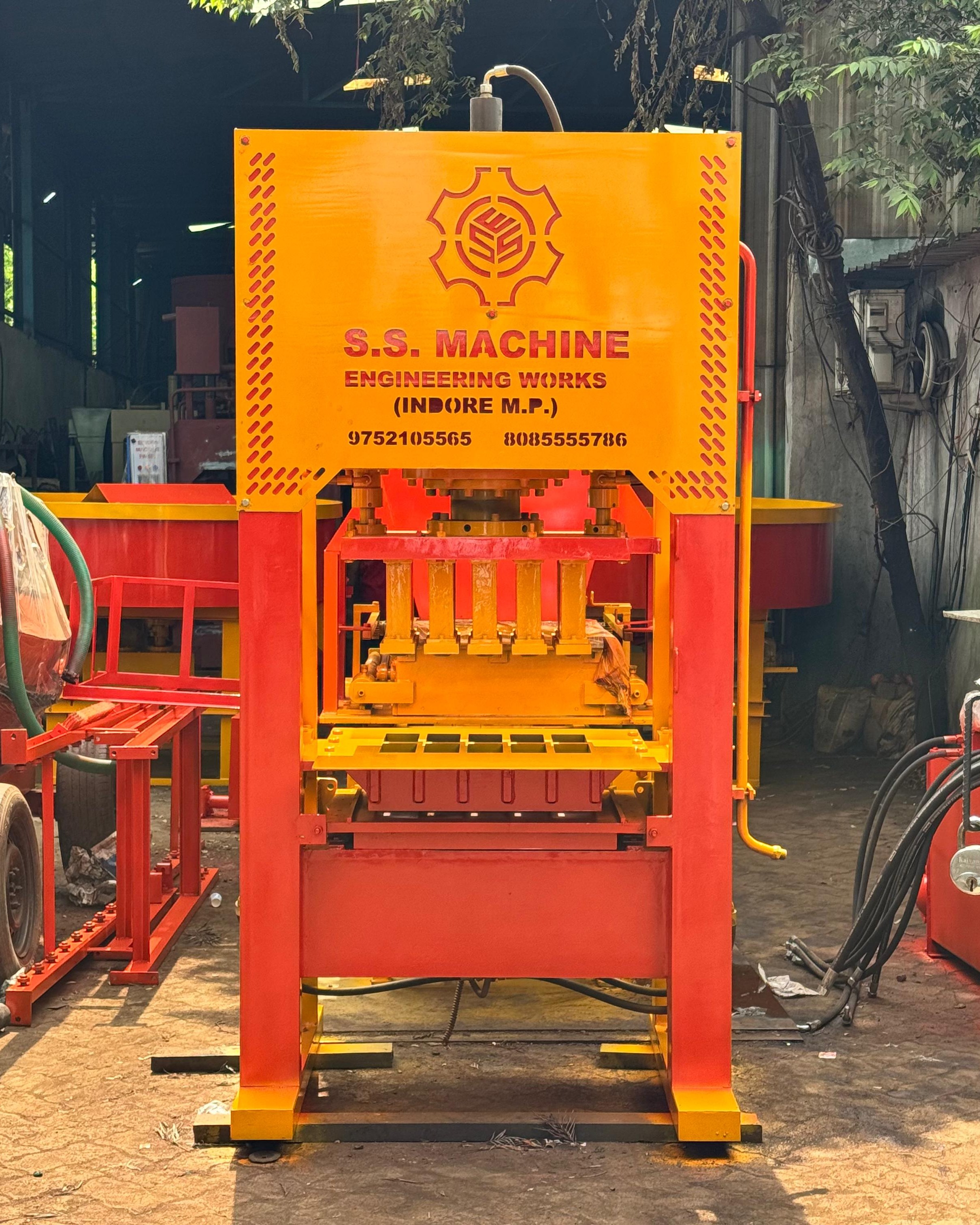
Fly ash bricks represent a revolution in sustainable construction, emerging as a transformative alternative to traditional clay bricks by harnessing the otherwise waste byproduct of coal-fired power generation: fly ash. Fly ash, comprised largely of silica, alumina, and calcium oxide, becomes the fundamental ingredient when blended with other inert materials like sand or stone dust, cement or lime, gypsum, and water, forming a dense mix that cures into sturdy masonry units with a smooth surface and precise dimensions. The intrinsic pozzolanic qualities of fly ash—particularly Class C fly ash with its higher lime content—render it “self-cementing, ” enabling it to hydrate and solidify without extra binders, as recognized in ASTM classifications
The manufacturing process begins with raw material preparation: fly ash (typically 50–76 %), sand or stone dust (20–40 %), and a cementitious binder such as lime or OPC (approximately 8–20 %), with gypsum or other additives making up the remainder to fine-tune workability and strength
These materials are metered and mixed—either in pan mixers, twin-shaft mixers, or pugmills—and then fed to hydraulic molding machinery. The high-pressure hydraulic or vibro-compression systems uniformly compact the mixture into molds, resulting in bricks with tight tolerances, minimal shrinkage, and smooth finishes
After pressing, the bricks are transferred to curing stages—either through air or mist curing over 7–14 days or steam curing in controlled chambers to expedite strength gain within 7–28 days depending on ambient requirements. The curing process strongly influences final compressive strength, water absorption, and durability—attributes where fly ash bricks excel. Compared with conventional clay bricks, fly ash bricks generally display higher compressive strength (roughly 9–12 MPa versus 3–5 MPa for handmade clay bricks), lower water absorption rates, and improved fire resistance, making them less prone to damage during transit and installation
Moreover, because fly ash bricks are factory-made and have precise geometry, mortar consumption during construction decreases by 40–50 %, plaster adhesion becomes more uniform, and operational efficiency increases—all while reducing structural dead load due to lighter weight (~28 % lighter)
These benefits cascade into broader environmental advantages: fly ash bricks sidestep the topsoil depletion of clay brick production, recycle industrial waste, and—owing to the non-firing process—consume significantly less energy and emit less CO₂. One study suggests that using fly ash bricks in place of clay bricks can save as much as 90 % of the embodied energy in masonry construction. At the core of this transformation are the specialized machines that bring the bricks to life. Fly ash brick making machines vary from manual and semi-automatic to fully automated systems. Their features include high-pressure hydraulic systems, PLC-based controls, automatic material batching, interchangeable molds (to produce hollow, solid, interlocking bricks, and pavers), conveyor-based feeding, and stackers for efficient handling. Production capacity spans widely—from around 1, 000 bricks per hour in simple setups to over 20, 000–30, 000 bricks per day, Power consumption aligns accordingly, ranging from modest (~10 HP) to heavy industrial loads (~60 HP or more), with hydraulic pressure capacities reaching upwards of 100–150 bar or 100 tons force in high-capacity presses. Fly ash bricks—and their manufacturing ecosystem—offer a compelling synergy of environmental stewardship, operational efficiency, and structural performance. They help remediate industrial waste burdens, reduce greenhouse gas emissions, lower construction and transportation costs, and relieve pressure on natural clay reserves. Additionally, their modular, lightweight nature simplifies infrastructure investment and enables faster, more economical building plans, from residential homes to institutional and government projects, including affordable-housing programs. It's no wonder that fly ash bricks embodied in hydraulic production systems have gained regulatory acceptance and industry trust—as efficient, green, and high-strength alternatives for modern construction demands.
Manufacturers often provide modular machines with longevity—estimated lifespans of around 10–15 years—with minimal maintenance when built with durable steel components and energy-efficient motors. On top of the machinery itself, most equipment suppliers offer installation guidance, operator training, and after-sales support, which are vital for new brick-making ventures to optimize production and returns.

